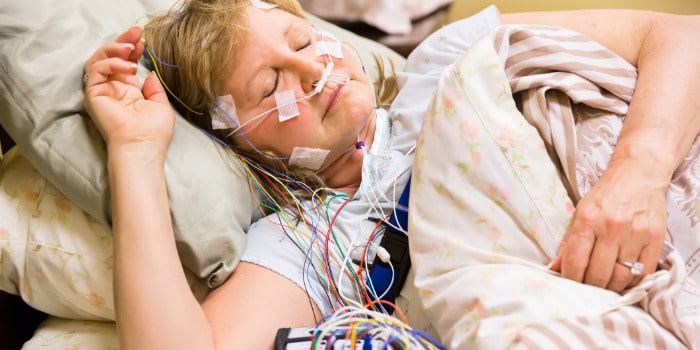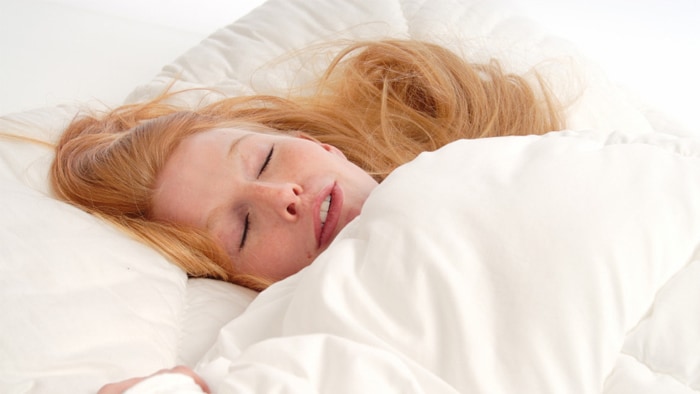Your Poor Night's Sleep Might Actually be SAD
If the fall and winter months arrive and suddenly you're constantly tired, sleep too long or experience other sleep disruptions, such as insomnia or nightmares that seem to impair your mood, this may be a sign of something more significant going on. You may be experiencing Seasonal Affective Disorder (SAD).
People who experience SAD may not realize that the reduced light in the darker months can create a cycle of sleep and depression problems that are situational—meaning you may not experience depression the rest of the year—and seasonal, typically only lasting during the fall and winter months.
According to research, the link between the depression associated with SAD and poor sleep is strong. In particular, those with SAD experience a circadian phase delay in their sleep/wake cycle—interrupted usual sleep rhythms—as a result of decreased morning light. They may also experienced a reduction in the sleep-inducing hormone, melatonin.
Since depression can often masquerade as other conditions, it's important to look to underlying causes, such as sleep disruptions. Treatment options exist for SAD that may help with both sleep issues and depression that is often associated with it.
With support, however, the sleep-SAD cycle can be interrupted. Treatments can include exposure to medically designated bright lights in the morning, which can help regulate the circadian rhythm. In addition to light therapy, SAD can also be treated with a number of approaches:
Regardless of what treatments a person with SAD tries, the American Academy of Sleep Medicine recommends practicing good sleep hygiene as a way to encourage the body toward healthy sleep. This includes creating a regular, consistent bedtime routine free of screens, disruptions or stimulants. People should go to bed at the same time every night and wake up at the same time each morning, in a cool, dark room and avoid big meals, vigorous exercise, alcohol or caffeine too close to bedtime. Most important, remember that if the symptoms are truly SAD, they should abate in the sunnier months. If they don't, seek a physician's advice.


